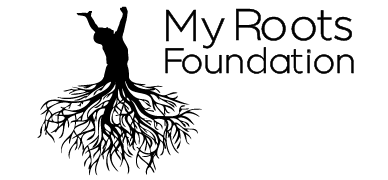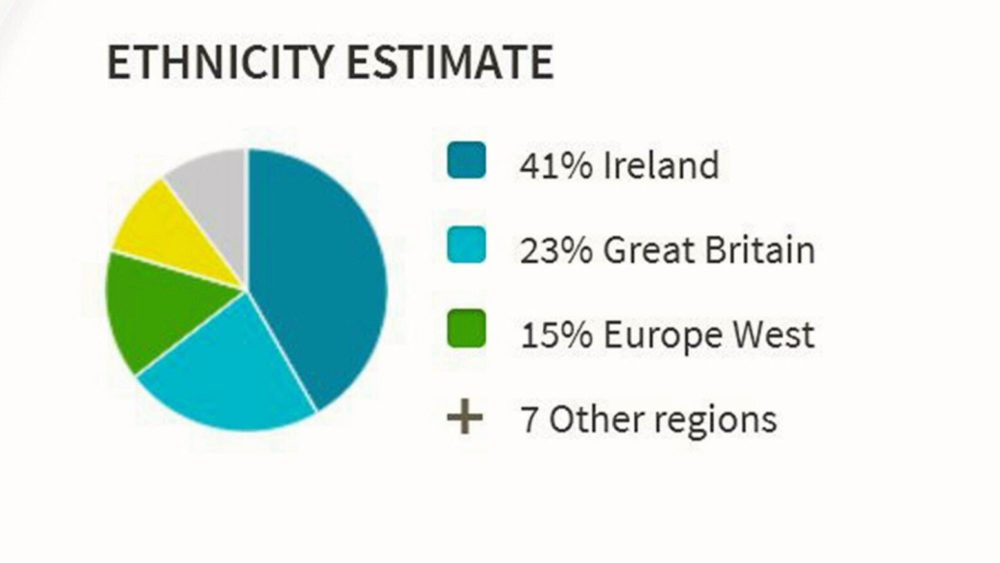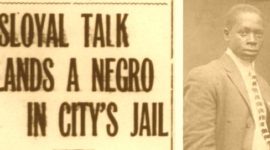16 Mar
2018
St. Patrick’s Day
On St. Patrick’s Day, March 17th, everyone is Irish, if just for a day.
I thought it would be fun to take a closer look at St. Patrick’s Day, perhaps the only holiday where regular folks lie about their national ancestry. Genealogy is about digging deeper to expose the folklore and myths of our origin stories and find the truth. So come with me as we dig deeper into the myths and truths of St. Patrick’s Day.
According to the US Census, there are about 34 million Americans listing their heritage as primarily or partially Irish. That number, by the way, is seven times larger than the approximately 5 million actual Irish folks living in Ireland.
Here in America, New York has the largest Irish population; 12.9 percent of its residents claim Irish ancestry, which compares to a rate of 11.1 percent of the country overall. Boston, meanwhile, claims the most-concentrated Irish population for a city: 20.4 percent. Irish is the second-most common ancestry among all Americans, falling just behind German.
So now that we have looked at the population. What’s with the “Kiss me, I’m Irish” thing?
Kissing someone who is Irish is pretty much the next best thing to kissing the stone in Blarney Castle. According to legend, kissing the Blarney stone will give you the power of eloquent and persuasive speech. This legend involves two different stories connecting kissing the stone with good luck.
One story goes back to the 1440s when the builder of the Blarney Castle, Cormac Laidir MacCarthy, was party to a lawsuit and needed some good luck. He sought out Clíodhna (goddess of love and beauty) and she told him to kiss a stone on his way to court. He did, and he won his case. Later he took that same stone and incorporated it into the castle he was building outside Cork, Ireland.
Another legend suggests that Queen Elizabeth I wanted the land rights from Cormac Teige McCarthy. Cormac desperately wanted to talk the Queen out of this idea, but he was a weak speaker and feared he could never say just the right words to persuade her.
On his way to see the queen, he met an old woman who told him that if he kissed a certain stone in Blarney Castle it would give him the gift of eloquent speech. Cormac followed her advice and went on to persuade the queen to allow him to keep his land.
Nowadays, the stone gets millions of visitors at Blarney Castle. These visitors hope the stone has the same impact on their own lives.
So who was this St. Patrick guy?
What we know about him come mainly from a Latin letter known as The Declaration. The Declaration is generally accepted as having been written by St Patrick. Saint Patrick’s true name was Maewyn Succat. He later became known as St Patrick, named after his place of burial.
He was born in Roman Britain in the 4th century AD, into a wealthy family. When he was sixteen years old, St. Patrick was kidnapped by Irish raiders, and taken as a slave to Gaelic Ireland. He spent six years there working as a shepherd and during this time he embraced Christianity. The Declaration says that God told Patrick to flee to the coast, where a ship would be waiting to take him home. After making his way home, Patrick went on to become a priest.
According to tradition, Patrick returned to Ireland to convert the pagan Irish to Christianity. He spent many years preaching in the northern half of Ireland. Tradition says that he died on 17 March and was buried at Downpatrick.
So now, the next time you see a t-shirt encouraging you to “kiss me, I’m Irish” on March 17th you may want to consider all the ways might use your new gift of eloquent speech. Perhaps you could introduce yourself to the person you just planted that kiss on! And if you don’t notice any change in your power of persuasion – maybe they are not as Irish as they think they are.





